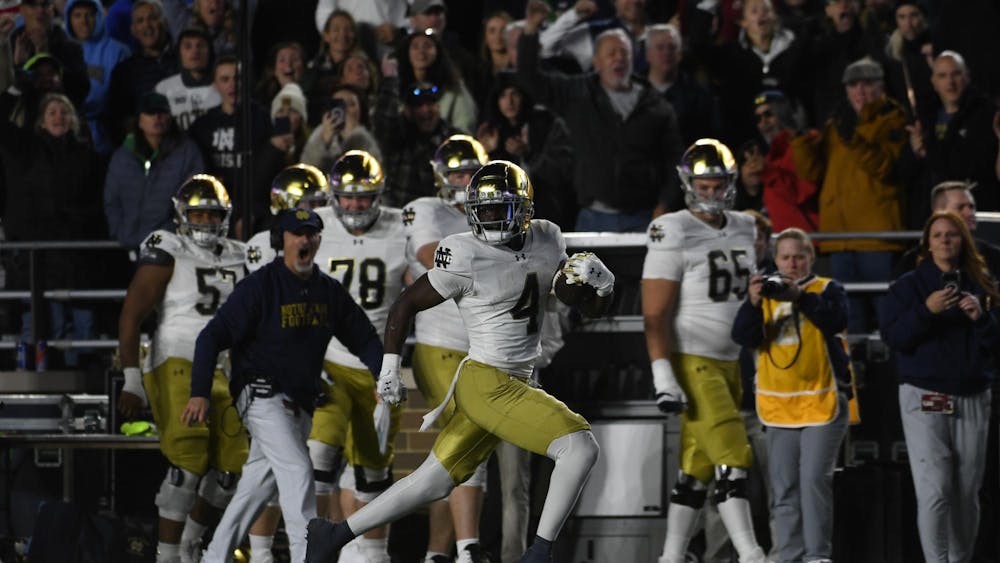It’s a tale as old as time. Your local Little League phenom toes the rubber and enters the most cataclysmic free fall of pitching command in their young career. The pitcher looks for any source of valuable constructive among the sea of vicarious parents and overzealous wannabe coaches. After walking the bases loaded, the young starter heaves a deep breath and steps off the mound. Sensing the need for a pep talk, a parent-coach motions for time and trots out to the mound, his hands buried unnecessarily deep in his pockets:
“Guys, we’re doing fine! We all just need to relax out there, make the plays that we know how to make, and help this guy out.”
The “guy,” invariably suffering from a brutal case of the yips, needs the greatest consolation of all. Instead of reframing his advice for the infielders, the coach turns to his pitcher and imbues one of the most misguided quips in all of youth sports:
“It’s just you and the glove out there.”
In premise, the phrase “just you and the glove” carries great intentions, particularly for young levels of baseball. Youth baseball fans’ tolerance level — and the overall success of the club — almost solely revolves around consistently hitting the strike zone. Inexperienced and underdeveloped hitters at early levels of kid-pitch get themselves out. So long as Little League arms pound the zone, most hitters will beat themselves with an undisciplined or immature approach.
Of course, “just you and glove” is used in an effort to simplify the art of pitching in an increasingly stressful and mentally taxing scenario. In other sports, coaches implement the tactic of limiting the thoughts of overwhelmed athletes to what they’ve known and practiced for weeks or years — for some, their entire lives. Repetitive Olympic sports like swimming and rowing become particularly salient for simplifying big-stage moments; in many cases, the most brilliant and well-versed athletes atop the world attribute their success to “letting go” during preparation and performance. Obsessions over nuanced technique, form and efficiency fall by the wayside under the spotlight, leaving them with nothing but a pure, simplified, sharply focused head.
But pitching, arguably the most mentally taxing and cognitive position in sports, ought not fall under the framework of Olympic legends. Telling a pitcher with a case of the yips to “focus on the glove” resembles telling a 4-star quarterback recruit with a torn ACL to “focus on recovering” or “try to get better.” Clearly, barriers to performance exist, and they persist not through lack of attention or care at the positional core but rather through a physical impediment.
Instead of encouraging pitchers to overcome the disparity between intentions and outcomes on the mound, encourage them to change their approach. Directing young pitchers with poor control to do the same thing over and over — wildly throw away clean counts with poorly thrown fastballs early, then claw their way back from high-ball counts with dead-red fastballs late — and expect a different result is nothing short of insanity.
In spite of obvious and valid concerns about curveball usage at young levels, it’s very feasible to develop secondary or tertiary pitches that do not carry dangerous long-run health ramifications. Struggling to locate four-seam fastballs poses a substantial issue, but taking a deep breath and relying on changeups, two-seam fastballs, cutters or forkballs leave pitchers with better solutions.
By better, I mean very applicable and relevant as pitchers rise the ranks. With maturity comes the narrowing of the intentions-outcomes gap and the expectation for a wide arsenal of deceptive pitches. Hitters get themselves out less often, and the onus of so-called “pitch design” — not pitch science — falls on bullpens far more heavily.
If youth coaches truly aim to prepare their players for long-term success in baseball, it’s best to advise them that way.
Read More
Trending








